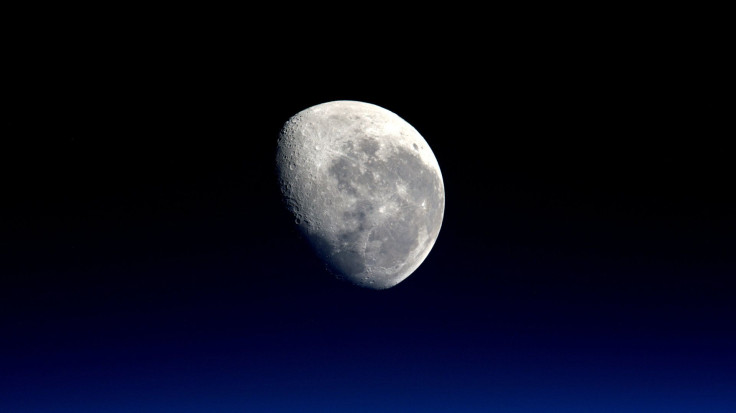Back To The Moon: ESA Looking For Commercial Partners For Lunar Landing

The year 1969 marked when humans set foot on the Moon. The first lunar exploration was a huge success. The mission cost a gargantuan amount of money, but it marked a period of exploration and wonder in our timeline on Earth.
After a flurry of six landings between 1969 and 1972, the surface of the moon has been lonely. The European Space Agency (ESA) has decided to end this 45-year absence on the moon by planning several manned missions in the near future.
ESA knows that this trip will not be an easy affair. Though technology has seen an explosion in recent times, space travel still remains that tad bit out of our reach. Though the frequency of unmanned satellites is growing by the minute, manned missions are still a rarity because of the sheer cost of sustenance of a crew on the moon.
The ESA is looking to counter costs by opening the playing field to private companies and also other space agencies. To replicate such an important point in history, will be no mean task, but the ESA seems to have a set plan.
The Moon landing was not just a spectacle for the entire planet, it served a specific purpose. Understanding the Moon paved way for a wider cosmological understanding. Discoveries since have paved the way for space science to advance.
The technology on offer today, though highly advanced, is really expensive. What the ESA aims to do is create a sustainable area on the moon which will reduce costs drastically. The commercial route might be the way, according to them.
Creating the entire equipment and a lander mission from step one is a tedious process. It is very complicated and the probability of failure is very high. The ESA feels that hitching a ride on a commercially developed lander would save them precious resources in time and money.
A return to the moon should truly be spectacular. But, more than anything, the mission should be much more efficient both in terms of achieving goals during the mission and also in the developmental stages.
The ESA is looking to invest in equipment capable not just of superior transportation and communication but one with the ability to provide the team with oxygen and water from their surroundings. These critical resources for sustaining future human operations in deep space will be pivotal during the next lunar mission because it will create the platform to push further into uncharted space.
There is a lot left for us to learn about the Moon. Past missions have given us crucial insight but researchers know the mysteries that the gray, lifeless surface of the moon holds are still plentiful. We know for sure that the Moon has both oxygen and ice, harnessing this for use is the next big step the ESA is looking to take.
The ESA has invited companies to take part in a one-year study that will help facilitate this. According to a release, the ESA wants to hear what companies with the right mindset have in store and what ideas they have to take this project forward.
Together, the ESA feels that lunar exploration and a sustained mission on the Moon could be made viable and competitive with the help of private players.
“We want to go back to the Moon to crack its mysteries and use it as a springboard towards humanity’s future in deep space. If you are a commercial enterprise ready to take on the challenge and build on the legacy of Neil and Buzz, then we want to hear from you,” the release said.
© Copyright IBTimes 2024. All rights reserved.




















